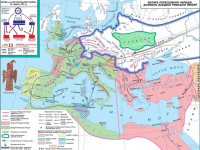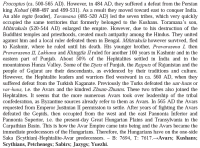Патолошката потреба на нетуркиските источнобалкански народи по секоја цена да се идентификувaат како огурски (туркиски) Бугари
- Креатор на темата 121314
- Време на започнување
- Член од
- 3 септември 2010
- Мислења
- 5.753
- Поени од реакции
- 7.940

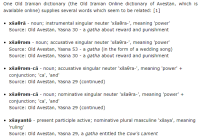
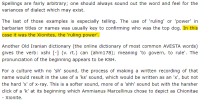

What's in a Name - Xionites
The name Xionites (Chionites) is the one most associated with a fresh wave of migrant warriors and their families in eastern Iran, but what does the name mean?
- Член од
- 3 септември 2010
- Мислења
- 5.753
- Поени од реакции
- 7.940



| Map of Central Asia and India AD 500 |
| By the late 400s the eastern sections of the Sassanid empire had been overrun and to an extent occupied by the Hephthalites (Xionites) after they had killed Shah Peroz. The situation remained largely the same until the final fall of the Hephthalites in AD 565, with puppet governors being set up in regions such as Margiana, and several small Xionite principalities being supported and controlled around the Gandhara region, not to mention a sizeable Xionite presence in north-western India (part of which is now Pakistan). |

Map of Central Asia & India AD 500
A map of Central Asia and India around AD 500
- Член од
- 3 септември 2010
- Мислења
- 5.753
- Поени од реакции
- 7.940
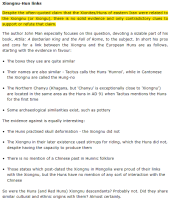


The Identity of the Xionites
It appears that not all Huns were of the same stock - the White Huns (Hephthalites) especially appear to have been formed of a very different group of people.
- Член од
- 3 септември 2010
- Мислења
- 5.753
- Поени од реакции
- 7.940



| Map of Central Asia - Turkic expansion AD 300-600 |
| Turkic origins are hard to pin down precisely, but the region around the Altai Mountains would seem to have served as a general incubator during their development, probably in the millennium prior to their appearances from the fourth century onwards. Historical accounts of groups such as the Wusun provide clear clues to those origins. This would have allowed them - potentially - to pick up a proto-Mongol or Tungusic influence while also leaving then extremely open to the heavy Indo-Iranian influences which can be seen in their personal and tribal names. Next to them, and on the northern edges of the civilised zone of eastern Iran, was the probable incubator zone for the proto-Bulgaro-Turks. This group, even more heavily influenced by Indo-Iranians, included Onogur-Bulgars and the many other tribes which could be found on the Pontic steppe in the seventh century AD, plus it almost certainly included the Kidarites who would lead the nearby Hephthalites down into eastern Iran to conquer much of it. The origins of the Göktürks, sometimes acclaimed as being the first true Turks, lies in their presence as the Ashina tribe in eastern Gansu in AD 439. This location is easily reached from the Turkic incubator zone via a corridor which was under Sui dynasty control by the seventh century. The Ashina were forced to return the way they had probably come so that, by AD 508 they could be found around Gaochang and under Rouran khaganate control. They would overthrow the Rouran in AD 552 to create an empire. |

Map of Central Asia - Turkic Expansion AD 300-600
A map of Central Asia showing Turkic expansion between about AD 300-600





- Член од
- 3 септември 2010
- Мислења
- 5.753
- Поени од реакции
- 7.940
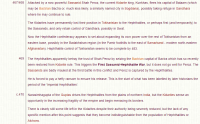
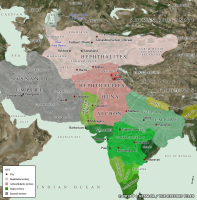
| Map of Central Asia and India AD 500 |
| By the late 400s the eastern sections of the Sassanid empire had been overrun and to an extent occupied by the Hephthalites (Xionites) after they had killed Shah Peroz. The situation remained largely the same until the final fall of the Hephthalites in AD 565, with puppet governors being set up in regions such as Margiana, and several small Xionite principalities being supported and controlled around the Gandhara region, not to mention a sizeable Xionite presence in north-western India (part of which is now Pakistan). |

Map of Central Asia & India AD 500
A map of Central Asia and India around AD 500






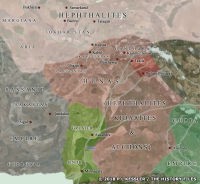
| Map of Xionite north-western India AD 500s-600s |
| The centre of Kidarite silver coin production lay in Gandhara and Uddiyana, where four to five mints of unknown specific locations were at work. The area of circulation stretched at least from Kabulistan to Taxila. Six Kidarite drachms were uncovered at the Buddhist monument, the Butkara stupa (in Swat), which may well be interpreted as products of a mint there. Beside silver drachms, copper coins were used for smaller transactions at local markets. One of the most important find locations is the Hindu cave complex of Kashmir Smast in northern Gandhara, where numerous Kidarite copper coins have been found. Even before the middle of the fifth century AD the Kidarite identity, established by the first set of invading Xionites, was gradually evolving into that of the Alchons, who had settled in Kabulistan toward the end of the fourth century and soon expanded their sphere of control eastwards over the Khyber Pass into Gandhara and Taxila alongside the Hephthalites in their invasion of India. |

Map of Xionite North-Western India AD 500s-600s
A map of Central Asia and India around AD 500



Kingdoms of the Xionites - Hephthalites (White Huns)
Coverage of the various historical cultures, rulers, and states of the Far East
- Член од
- 3 септември 2010
- Мислења
- 5.753
- Поени од реакции
- 7.940
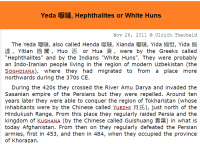

Yeda 嚈噠, Hephthalites (www.chinaknowledge.de)
Yeda 嚈噠 is the Chinese term for the Hephthalites or White Huns, an Indo-Iranian people living in the region of modern Uzbekistan.


